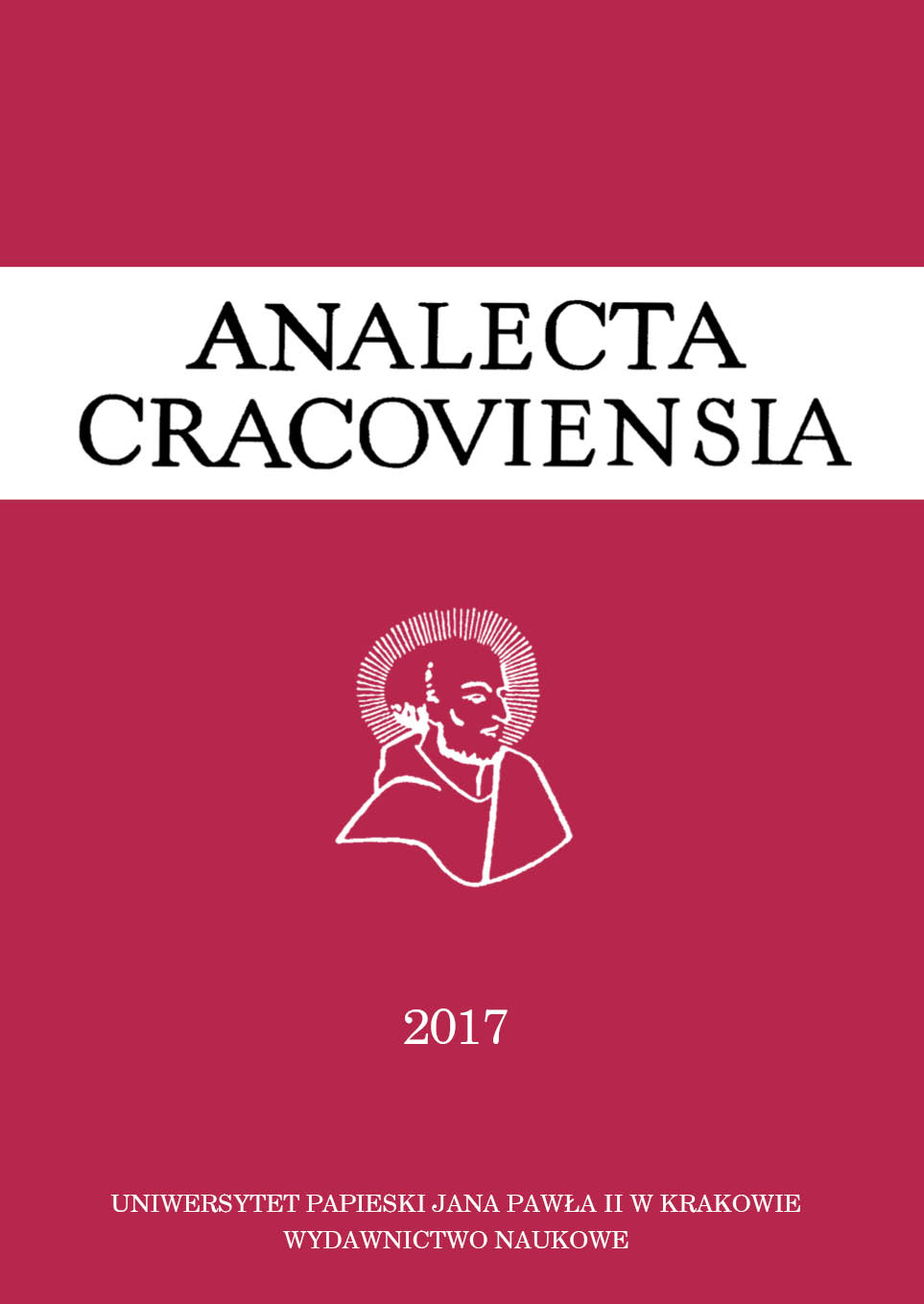The Afaq (Apak) Khoja Mausoleum in Kashgar as a symbol of Uyghur’s identity (ca 1640–2015)
The Afaq (Apak) Khoja Mausoleum in Kashgar as a symbol of Uyghur’s identity (ca 1640–2015)
Author(s): Krzysztof KościelniakSubject(s): Museology & Heritage Studies, Islam studies
Published by: Wydawnictwo Naukowe Uniwersytetu Papieskiego Jana Pawła II w Krakowie
Keywords: Afaq Khoja; Eastern Turkistan; Uyghurs; sufism; islam; history of Central Asia; Kashgar; Afaq Khoja Mausoleum; Xinjiang;
Summary/Abstract: The Khoja Apak Mausoleum is the holiest Muslim site in Xinjiang. However Apak Khoja (1626–1694) is Uyghur’s controversial hero. It should be noted that the sources and literature about Apak Khoja go beyond the functionality of devotional religious texts in the world of Islam. Examining the sources about the history of Apak Khoja, the evolution of his worship and also the bitter criticism of his adversaries, one should take into consideration not only the facts but also the importance and meaning of these facts among the Uyghurs. The great meaning of Apak proves that, regardless of the system of values, Apak is a reference point in the history of Uyghurs and the whole history of modern East Turkestan. The presented analysis leads to the following conclusions: Firstly, Apak’s reputation depends on the political and social context. For example, the negative image of this khoja caused opposition within Sufism Nakshbandiya in Altishahr (the strong competition between Aqtaḡlïq – Nakshbandi sufis from the “White Mountains” and Qarataḡlïq – Nakshbandi order from the “Black Mountains”), which provoked critical literature by Apak’s opponents. In the 20th century Apak did not also have good reputation in the People’s Republic of China, which propagated a sharp criticism on the basis of dialectical materialism during the Mao rule to 1978. Secondly, the importance of Apak depends on the form of Islam. Uyghurs usually were under the influence of the traditional Maliki sunnism. Although many of them accepted beliefs about the saint Sufis, a part of their community preferred the idea of the salafiya, e.g. the return to the sources of Islam, which – according to salafiya – is only Koran and sunna. From this point of view, Sufism is a heresy, impure Islam. Apak and his kind of Nakshbandiya is automatically the enemy of this group. In turn, the followers of popular Islam in villages refer with great reverence to the sacred heroes of the past. The mausoleums such as Apak’s monument in Kashgar are sources of their identity. Thirdly, the personality of Apak is an object of emotional discussion between his supporters and opponents. The ambiguous interpretation of the activity of Apak is consequently developed since the 18th century. An attempt to reach a balanced modern and independent interpretation of the facts must take into consideration the diverse range of sources. Finally, the continuation of the Apak worship and the national function of his mausoleum in the turbulent history of East Turkestan has produced the literary genre of maqāmāt/manāqib and taẕkiras. They confirm once again the age-old truth of historical analysis that not only facts but also the importance of the events for the community is the key to the understanding of many historical phenomena. It is quite obvious that history consists of facts and interpretations. This mechanism of interpretation of facts in the taẕkiras caused the popularity of Apak and continuity of his worship, despite the criticism of his adversaries.
Journal: Analecta Cracoviensia. Czasopismo Uniwersytetu Papieskiego Jana Pawła II w Krakowie
- Issue Year: 2017
- Issue No: 49
- Page Range: 249-281
- Page Count: 33
- Language: English

